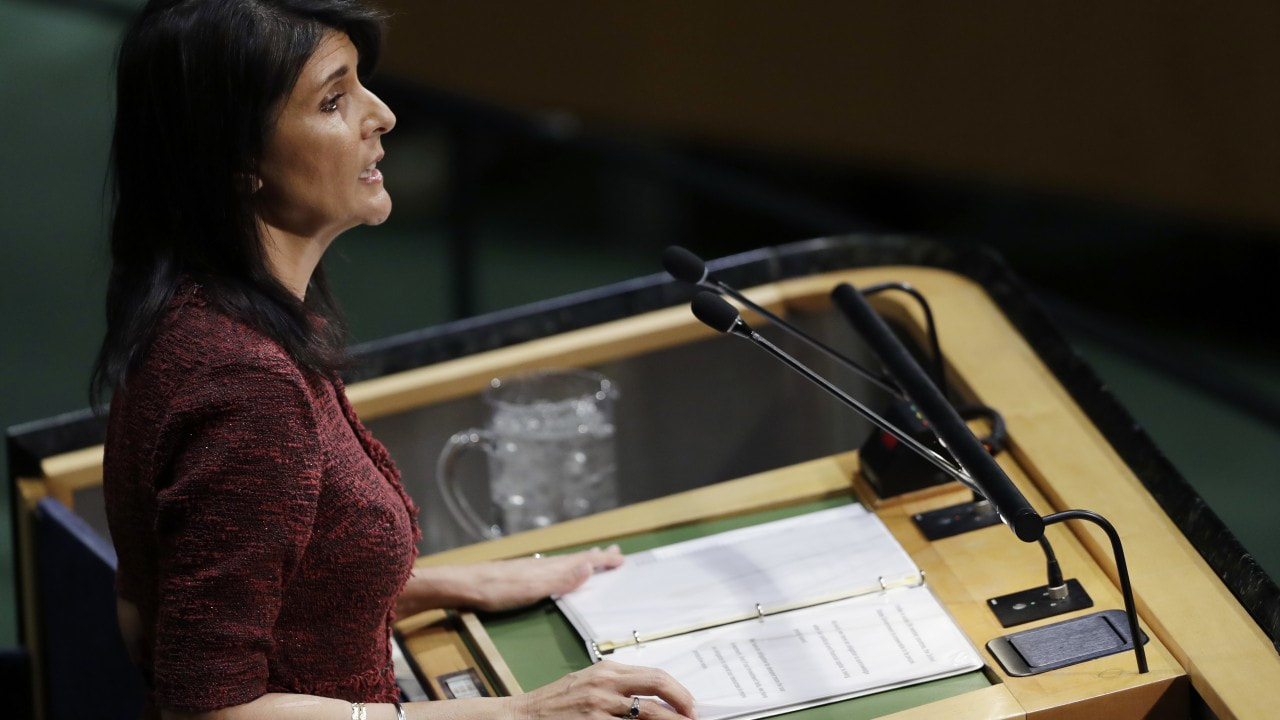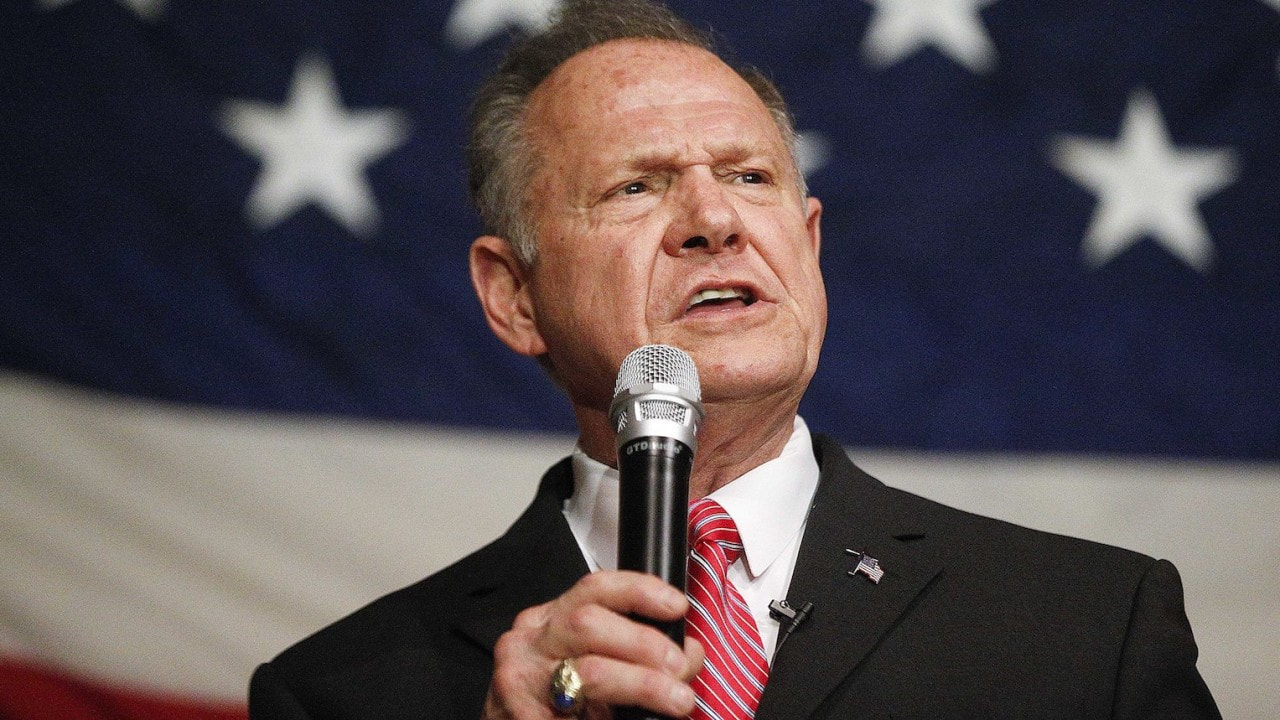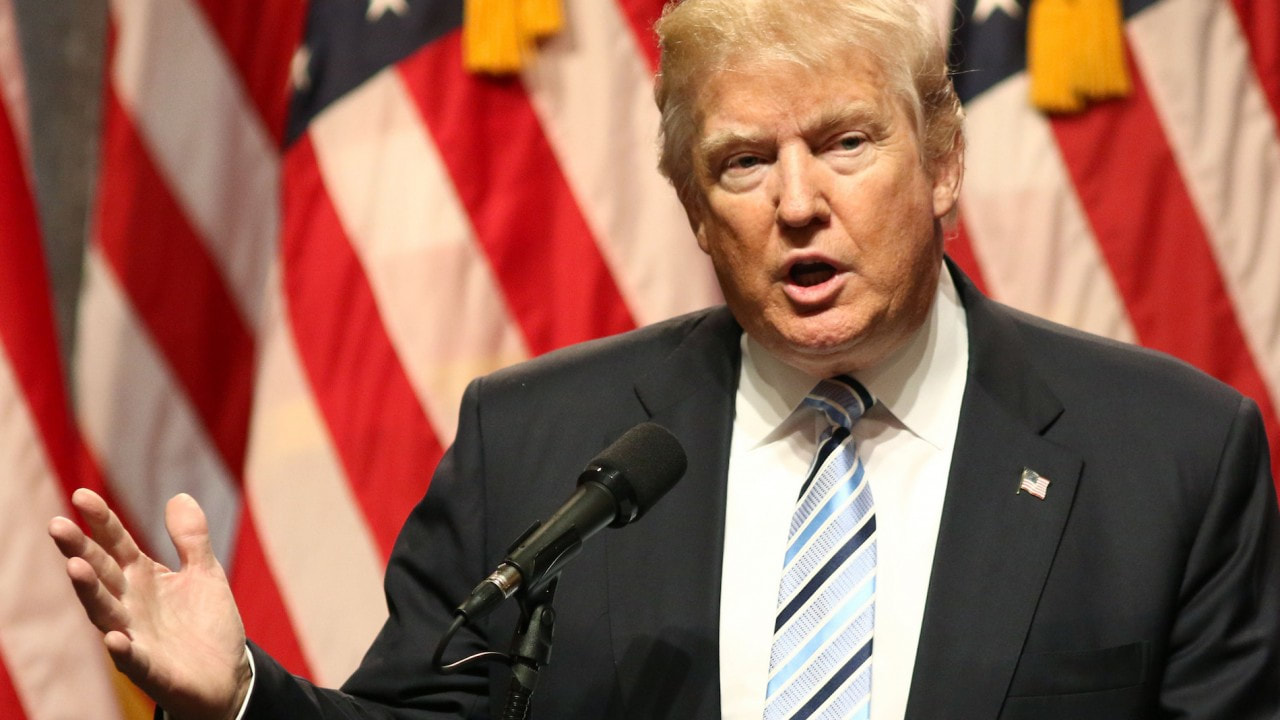|
The U.S. Mission to the United Nations participated in negotiations that reduced the organization’s general operating budget by $285 million for the next two fiscal years. That’s fairly straightforward, and you might think media outlets would report on it in a straightforward way. But they didn’t — except for The Associated Press, whose reporting was mostly balanced and data-based.
On Wednesday, Congress passed the final version of its tax reform bill. The legislation is complex, and Americans are likely trying to figure out how it will affect them. They might be asking if the tax bill will help or hurt the middle class. How will it affect the economy? What will the short-term and long-term consequences be? Former Facebook executive Chamath Palihapitiya said Facebook and social media websites are “ripping apart the social fabric of how society works.” The media supported his perspective by focusing on it, but not including alternative opinions on the matter. With this type of coverage, we could be misled to perceive Facebook as the culprit — the one to blame — without acknowledging each user’s responsibility in how they interface with the platform. The New York Times’ coverage of the IKEA tax investigation got a total Knife rating of 45 percent coverage, whereas Financial Times’ article earned 76 percent. That’s a 31-point difference between two outlets covering the exact same news event. Let’s look at why. Is U.S. President Donald Trump going to fire Special Counsel Robert Mueller? That’s what Rep. Jackie Speier (D-San Mateo) speculated on Friday and what The New York Times and The Washington Post suggested in their coverage of a letter from Trump’s lawyer. Specifically, these outlets imply the letter, which said Mueller improperly obtained emails belonging to Trump’s transition team, was an indication of the president’s efforts to interfere with the investigation—whether by firing Mueller or simply discrediting him. When you’re in the business of analyzing the media, you pick up on trends rather quickly. For instance, most stories about Donald Trump are full of spin and opinion, whether an outlet is considered liberal or conservative. And certain other topics tend to receive dramatic coverage across the board, like North Korea, natural disasters and terrorist attacks. We weren’t surprised to find the follow-up coverage of the Alabama Senate election was slanted. Slant in and of itself is limiting because it promotes one perspective while invalidating others. The four articles we analyzed had an additional component: questionable logic was hiding behind the bias. Here are three examples and how each can limit our thinking. Journalists have a responsibility to report their sources’ information as accurately as possible. But what should they do when that information could foster faulty reasoning about important issues? It’s no secret that Fox News and MSNBC have different biases when it comes to Special Counsel Robert Mueller’s investigation into possible ties between President Donald Trump’s campaign and Russia. But they also have something in common. We may have just witnessed another round of tit-for-tat in our media. President Donald Trump criticized media outlets after CNN, ABC News and a Washington Post reporter corrected erroneous information. News outlets then took to writing about it — some praised Trump and vilified the outlets, others disparaged him. The way someone tells a story affects how we understand it. The same is true when the news media tells stories. There are facts, but those facts are biased by how an outlet presents them. So let’s do an experiment. Compare the following versions of Attorney General Jeff Sessions’ response to a DOJ intern’s question about marijuana. Our analysts have long been fans of School of Thoughtfounder Jesse Richardson’s logical fallacies andcognitive biases infographics, which are designed “to help make the world a more rational and thinky place.” These cognitive errors can limit the way we think about and approach situations, especially one as complex as the Israeli-Palestinian conflict. It’s not surprising that U.S. media covered the IOC decision to ban Russia differently than Russian media did. The U.S. outlets we examined suggest the decision will damage Russia’s athletic and political influence on the world stage, while the Russian outlets had a different take. One implied Russia was the victim of a plot, while the other downplayed the government’s alleged culpability. Property is a fascinating thing, considering many wars waged throughout history have been fought over some form of property. It’s no surprise that President Trump’s recent announcement on two Utah national monuments’ reduction has riled people. But it wasn’t just Trump — the media has something to do with it. Did President Donald Trump inadvertently confess to obstruction of justice in a single tweet? Given the difficulty of proving such a crime, the answer is probably not a straightforward, definitive, “Yes.” But AP, The Washington Post and The Guardian seem to suggest otherwise. (Why is Fox News not in this list? See the footnote.) In news reporting, vague, imprecise or dramatic language (spin) can create impressions and implications that aren’t backed by data. This was the most prevalent distortion we found in the coverage of the Senate vote on the GOP tax bill. Here’s what we found in the four outlets we analyzed. Either Rex Tillerson will be replaced as secretary of state or he won’t. At this point, anonymous administration officials reportedly said he will and Trump is saying he won’t. As of now, he still holds the position. So why the drama?
|
Jens Erik GouldJens is a political, business and entertainment writer and editor who has reported from a dozen countries for media outlets including The New York Times, National Public Radio and Bloomberg News Archives
February 2018
Categories
All
|

















 RSS Feed
RSS Feed